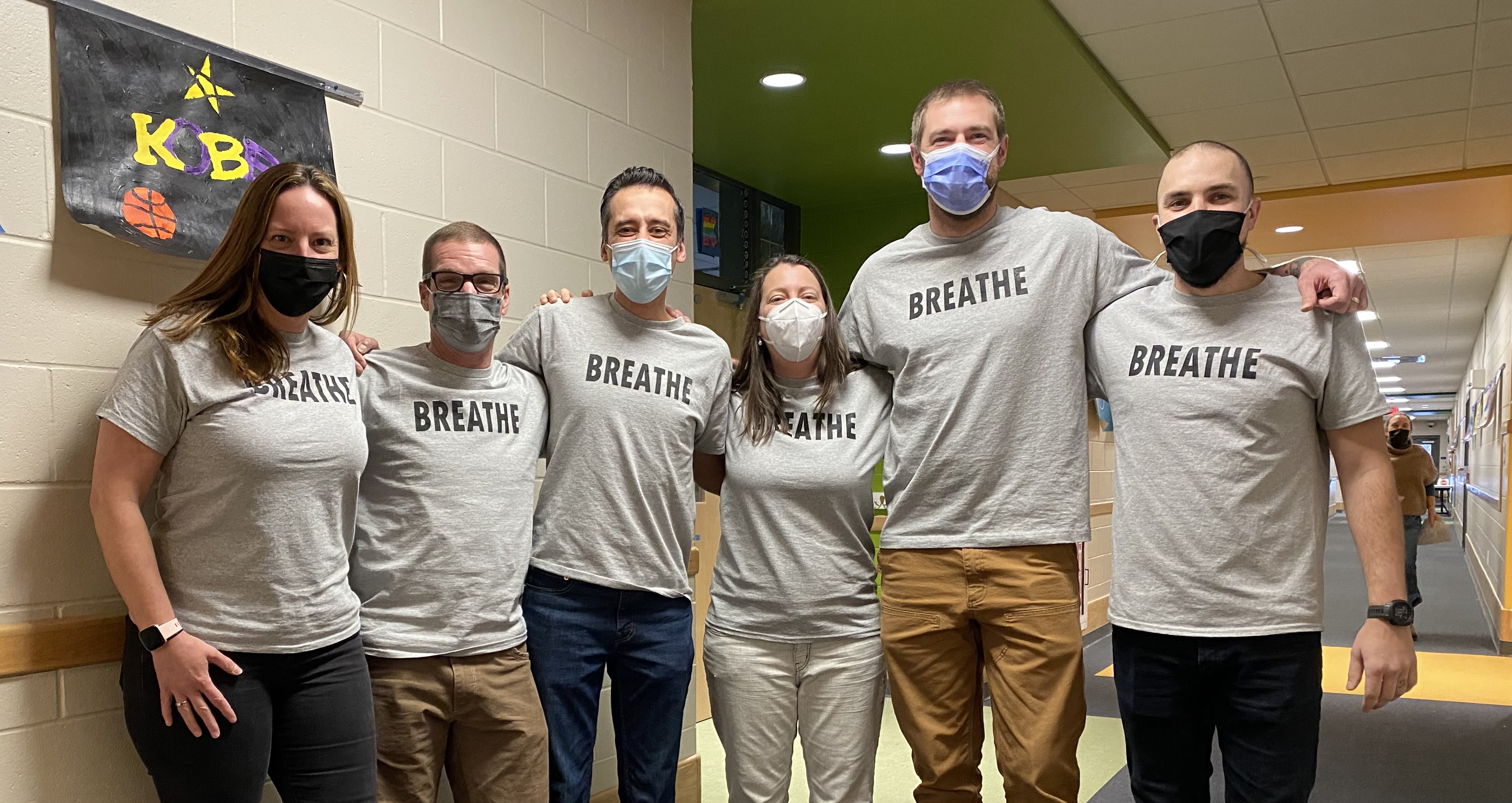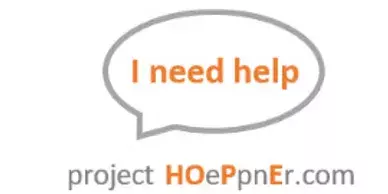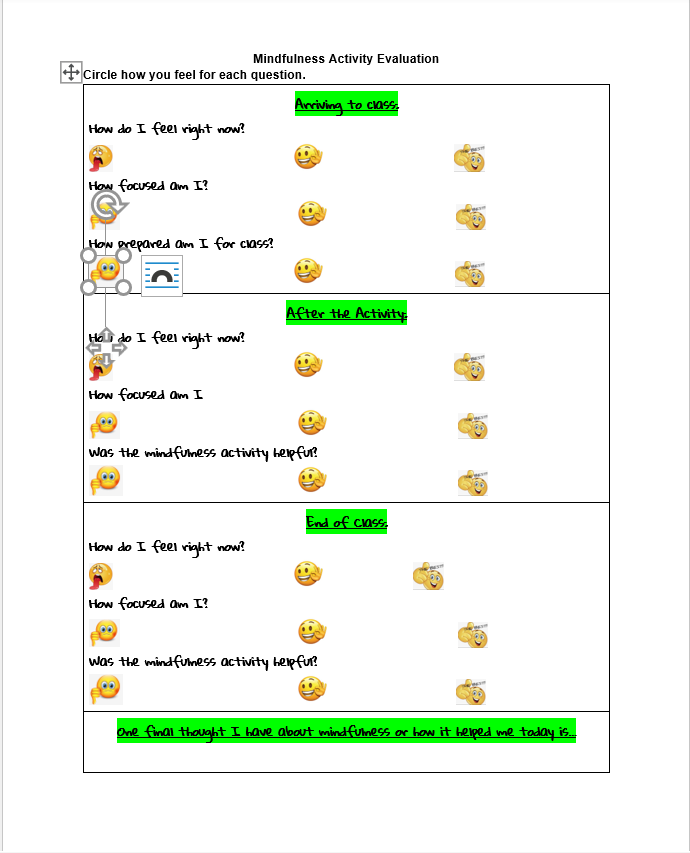

Project Hoeppner was created by Sue and Joe Hoeppner after their 17-year-old son Paul died by suicide in 2018. Paul was an average high school senior. He was an honor roll student and had good friends. He played varsity baseball and rowed with the school club team. Most notably, Paul was kind. Yet, like so many teens, he was struggling silently with feelings of overwhelm and despair.
In March 2021, Project Hoeppner partnered with Inner Explorer as part of an overall strategy to prevent teen suicide in Vermont schools by providing tools, encouraging healthy habits, and teaching strategies that kids can access throughout their whole lives. They are providing grants to Vermont schools to incorporate Inner Explorer into their school day.

We interviewed Sue and Joe Hoeppner, as well as several Vermont educators involved with the partnership, to learn more.
IE: It's been about a year since the partnership with Inner Explorer (IE) has launched. How many schools have been funded to date?
Sue & Joe: So far, Project Hoeppner has funded IE programs in three school districts: Colchester High School in the Colchester School District, seven schools in the Champlain Valley School District, and recently we added ten schools in the Burlington School District.
IE: How has this partnership helped you to expand the mission of Project Hoeppner?
Sue & Joe: Initially, we wanted teens to ask for help, but quickly found that help is not readily available. Our son Marc's grief over losing his brother has led him to study and practice mindfulness. We see him gaining coping skills and strategies. It was through his journey that we turned to IE. This partnership prompted us to expand the mission of Project Hoeppner with an additional pillar. While we still encourage teens to ask for help, we are providing all ages access to the mindfulness skills and strategies offered by Inner Explorer.
Tony Moulton is the Director of Integrated Wellness for the Champlain Valley School District.
IE: How did you learn about the partnership between IE and Project Hoeppner?
Tony: Sue and Joe Hoeppner reached out to the Champlain Valley School District superintendent, who then reached out to me. I met with Sue, Joe, and Laura Bakosh (IE) to get to know each other and talk about how we could work together. Afterward, I took a weekend to look through the IE website, checking for all the points that were important to a school district like ours – CASEL approved, evidence-based programming, scalable for different grades, etc. Equally important, I found that IE has a capacity for understanding what teachers are able to do without overwhelming them – it’s a ready-to-go program; something teachers can just pick up and use. Easy to use, little to learn in order to get started. One thing that I’ve found during the pandemic is that lots of companies are offering packaged programs to schools, but not all meet the necessary criteria to incorporate in the schools. IE checks all the boxes.
IE: How did you introduce the IE program in your school district?
Tony: It’s very important for us to consider adaptation – what we have the capacity to do given the many challenges we’re facing from the pandemic. When we were in lockdown, our Virtual Learning Academy was really interested in using IE as a way to maintain student connections. Over the course of a few months, we started to identify some “champions” of IE and of using mindfulness with our students. When we move out of the pandemic, we will be in a better position to formally roll out the program and market it through the educator champions that are evolving. For us, that is a long-term sustainable strategy that will result in greater engagement.
Melanie Laquerre is the health education teacher at Colchester High School in the Colchester School District. She is the only National Board Certified health education teacher in Vermont.
IE: How did you introduce the IE mindfulness program to your students?
Melanie: I view mindfulness as other aspects of the health curriculum – meaning it’s a constant formative assessment to see how it’s working for students and what we might need to do differently. I have them do a daily survey after the practice to see how it’s going for them. I try to help my students see the connection between a daily practice – even if it’s a simple breath practice before a test – and how it’s making a difference in their school performance and in their lives.
Some teachers feel they don’t have time for mindfulness practice. They don’t know how to apply it to their curriculum, yet. With my students, I see it as they have 10 minutes to be in the moment, breathe, and then they can get to work! Practicing mindfulness actually makes them more productive during class time.

IE: Do you have any advice for other educators?
My advice to other teachers is this: When you try IE, you have to make it work for you AND the students. It’s an opportunity for reflection to see what’s working, to quiet down, and to feel safe in that space. As a teacher, you need to make room for whatever that looks like, being respectful of what the students need. You have to be respectful.
Also, help your students to see the windows of opportunity to reinforce calm and to just breathe. They may not stay there, but if they’re there for a few minutes then it’s a good day! It’s a small victory for this behavior to become a habit and a life-long skill; there’s our health curriculum at work – teaching self-management and relieving anxiety through mindfulness!
Rebecca Gove is an art teacher at the Hinesburg Community School, a public K-8 school in the Champlain Valley School District.
IE: How has the IE program impacted your students?
Rebecca: I had a student who came back after a two-week absence due to illness. She was feeling super anxious coming back. I had used it with one of my 8th-grade classes – using the transition exercise. The students were really perceptive with closing their eyes, sitting still, following the guided practice.
IE: Do you have any suggestions for other educators interested in incorporating mindfulness into the school day?
I’d suggest that teachers take some time to explore the IE website and the practices so they know how it feels, what it’s like, and to get a sense of how it works. Most educators know that we need to be aware of SEL, it’s about how to fit it into the school day. It’s like practicing any skill – it takes repetition and commitment.
Lee Twarog is a second-grade teacher at the Hinesburg Community School.
IE: What has been your experience with the IE program offered through Project Hoeppner?
I have been using IE with my second-grade students for a few months. We have been participating in daily practices most days of the week. During a faculty meeting, I learned that Project Hoeppner was sponsoring the program for our school district. I had practiced mindfulness with my students in previous years of teaching but was so excited about this program because of how easy it is to use and implement with my students.
IE: What have been some of the challenges and benefits of implementing a consistent mindfulness practice with your second graders?
The kids love it! They tell me it makes them feel sleepy and relaxed. One of the biggest challenges of using the program is fitting it in, but I have made it a priority. I look forward to the few minutes of calm during the middle of our very busy days and I love how it helps my students regain focus after more stimulating activities. My students are learning tools to help them manage big feelings that hopefully they can carry with them going forward through life. I know that the website has a lot more to offer that I have yet to explore and am looking forward to doing so!
Pete Cahn is a paraeducator with Team Trek at Williston Central School in the Champlain Valley School District.
IE: How has a daily mindfulness practice supported your students?
Team Trek works as part of a therapeutic behavior system within Williston Central School (elementary). We love to support our students, and our life’s work is to help them learn and grow. One of the tools we try to instill in them is the importance of mindfulness.
We began by introducing our group to IE through the sound transitions and then moved to the daily practices. Now, our students return to our room and sit down and ask for us to start our practice. We use IE every day when our students return from lunch and recess. The practices help them to self-regulate and bring their focus back to classroom activities. Our students have come to look forward to the sound practices as well as the daily practice that we are going to do each day!!
While using IE, we have also been working with our students on Self Management techniques. We have found that there has been considerable overlap between these two parts of our day. Inner Explorer has been a great tool for us to use!
To learn more about Project Hoeppner, please visit their website www.projecthoeppner.com or contact them at projecthoeppner@gmail.com. For more information about Inner Explorer’s efforts to promote student and educator well-being, please visit www.InnerExplorer.org.
Youth Suicide Data and Mindfulness/Suicide Prevention Data
1Centers for Disease Control and Prevention (2020), https://www.cdc.gov/nchs/data/nvsr/nvsr69/nvsr-69-11-508.pdf.
2Curtin SC, and Heron M. Death Rates Due to Suicide and Homicide Among Persons Aged 10-24: United States, 2000-2017. 352. NCHS Data Brief, 2019.
3Children’s Hospital Association (2021)
https://www.childrenshospitals.org/-/media/Files/CHA/Main/Issues_and_Advocacy/Key_Issues/Mental-Health/2021/covid_and_childrens_mental_health_factsheet_091721.pdf?la=en&hash=F201013848F9B9C97FAE16A89B01A38547C7C5C7
4Collins, K. R. L., Stritzke, W. G. K., Page, A. C., Brown, J. D., & Wylde, T. J. (2018). Mind
full of life: Does mindfulness confer resilience to suicide by increasing zest for life? Journal of Affective Disorders, 226, 100–107. https://doi.org/10.1016/j.jad.2017.09.043
5Raj, S., Sachdeva, S. A., Jha, R., Sharad, S., Singh, T., Arya, Y. K., & Verma, S. K. (2019).
Effectiveness of mindfulness based cognitive behavior therapy on life satisfaction, and life orientation of adolescents with depression and suicidal ideation. Asian Journal of Psychiatry, 39, 58–62. https://doi.org/10.1016/j.ajp.2018.12.001
6Tucker, R. P., O’Keefe, V. M., Cole, A. B., Rhoades-Kerswill, S., Hollingsworth, D. W., Helle,
A. C., DeShong, H. L., Mullins-Sweatt, S. N., & Wingate, L. R. R. (2014). Mindfulness tempers the impact of personality on suicidal ideation. Personality and Individual Differences, 68, 229–233. https://doi.org/10.1016/j.paid.2014.05.001